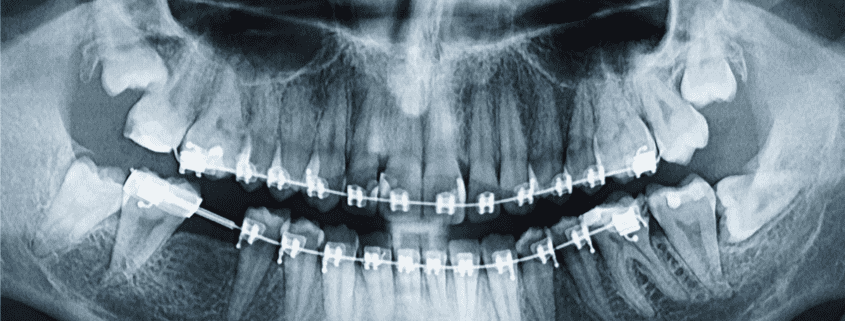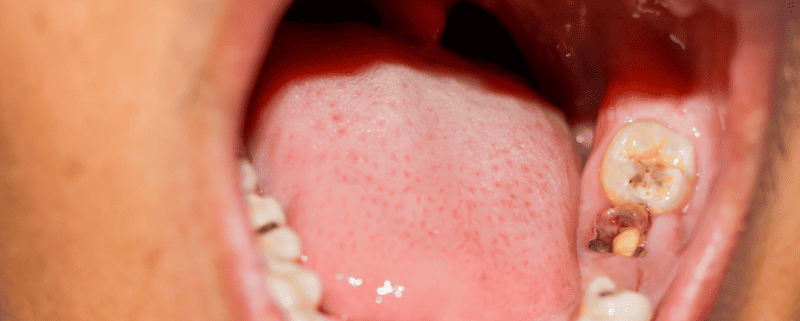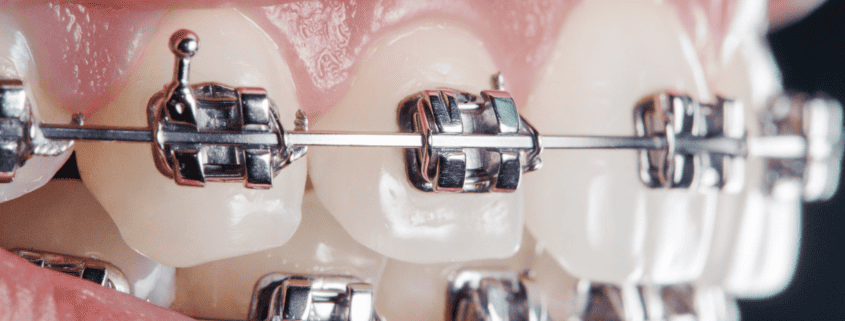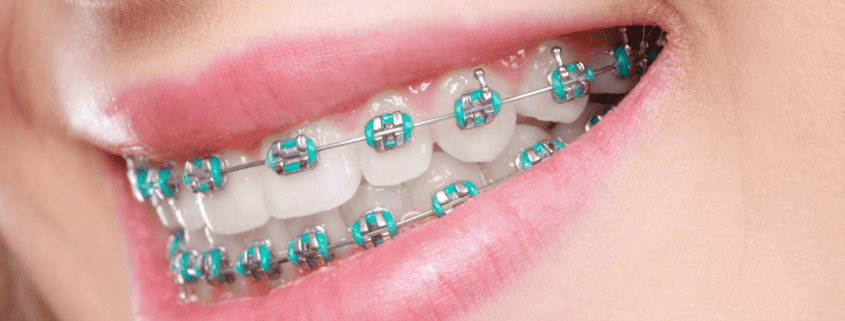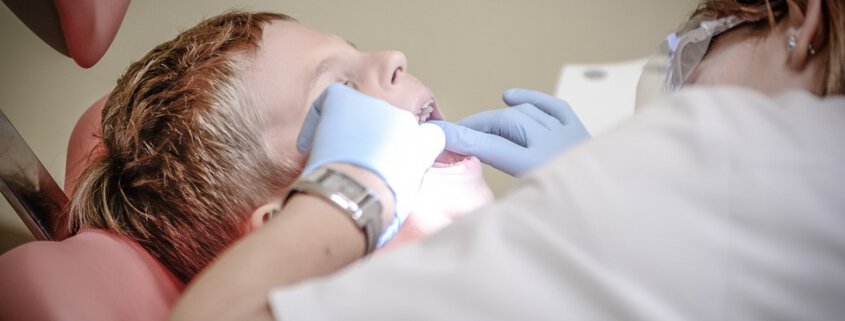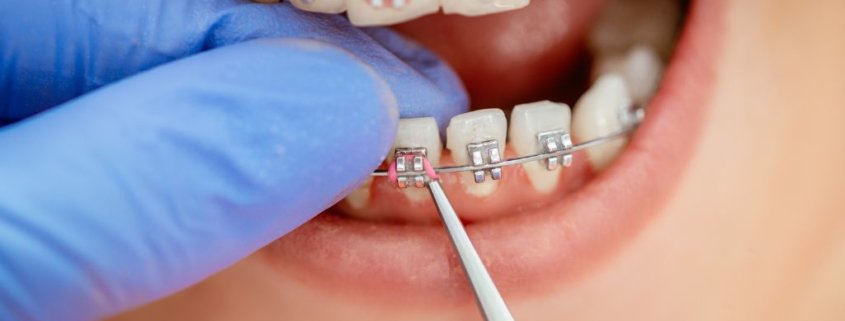Orthodontic X-Rays With Braces – Are They Safe?
When it comes to achieving the perfect smile and ensuring oral health, Orthodontic X rays have a crucial role to play. Often a part of a comprehensive dental examination, these X-rays give your orthodontist a detailed inside look at your teeth, jaw, and the soft tissues surrounding your oral cavity. But why are they so essential, and how do they aid in the orthodontic journey? Let’s delve deeper into understanding more about Orthodontic X rays.
“Orthodontic X-rays are like a roadmap for your orthodontist. They allow for a clear view of what is happening beneath the surface, providing valuable information used to plan and execute effective treatment strategies.”
In this article, we will discuss what orthodontic X-rays are, the different types, how they work, their importance in orthodontic treatment planning, and safety matters concerning their usage. Along the way, we’ll address some common misconceptions and put your mind at ease regarding any concerns you might have about Orthodontic X-rays.
- What are Orthodontic X-rays?
- Types of Orthodontic X-rays
- How do Orthodontic X-rays Work?
- Importance of Orthodontic X-rays in Treatment Planning
- Safety of Orthodontic X-rays
So, let’s unravel the mystery behind Orthodontic X-rays and find out why they are a pivotal part of the overall orthodontic treatment process.

Dr Patti Panucci attended the University of Louisville School of Dentistry for four years, where she graduated with a DMD degree (May 2000) among the Top 10 in her class. Following that, she headed west to Los Angeles to complete her three-year residency at one of the top-ranked orthodontic programs in the country – the University of Southern California.
Along with her certificate in orthodontics, Dr. Panucci earned a master’s degree in craniofacial biology. During those three years, she fell in love with Southern California beach life and decided that this was where her future lay.

